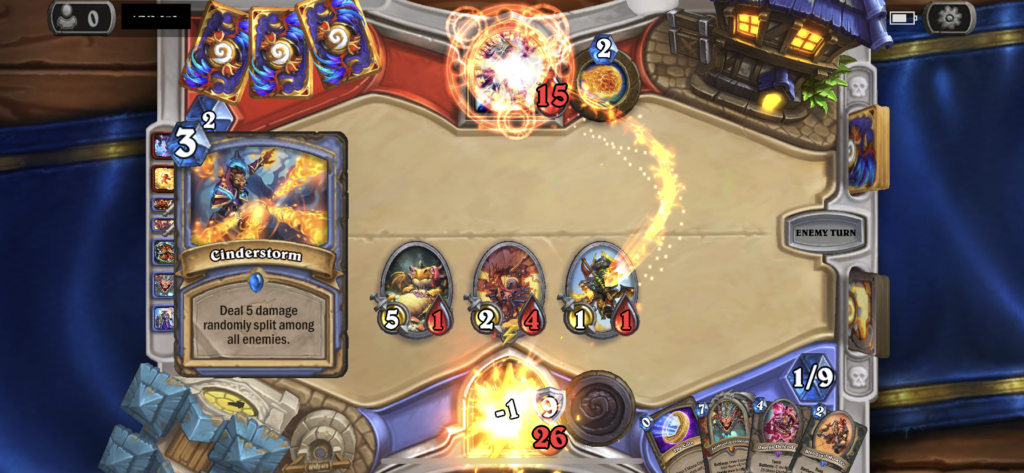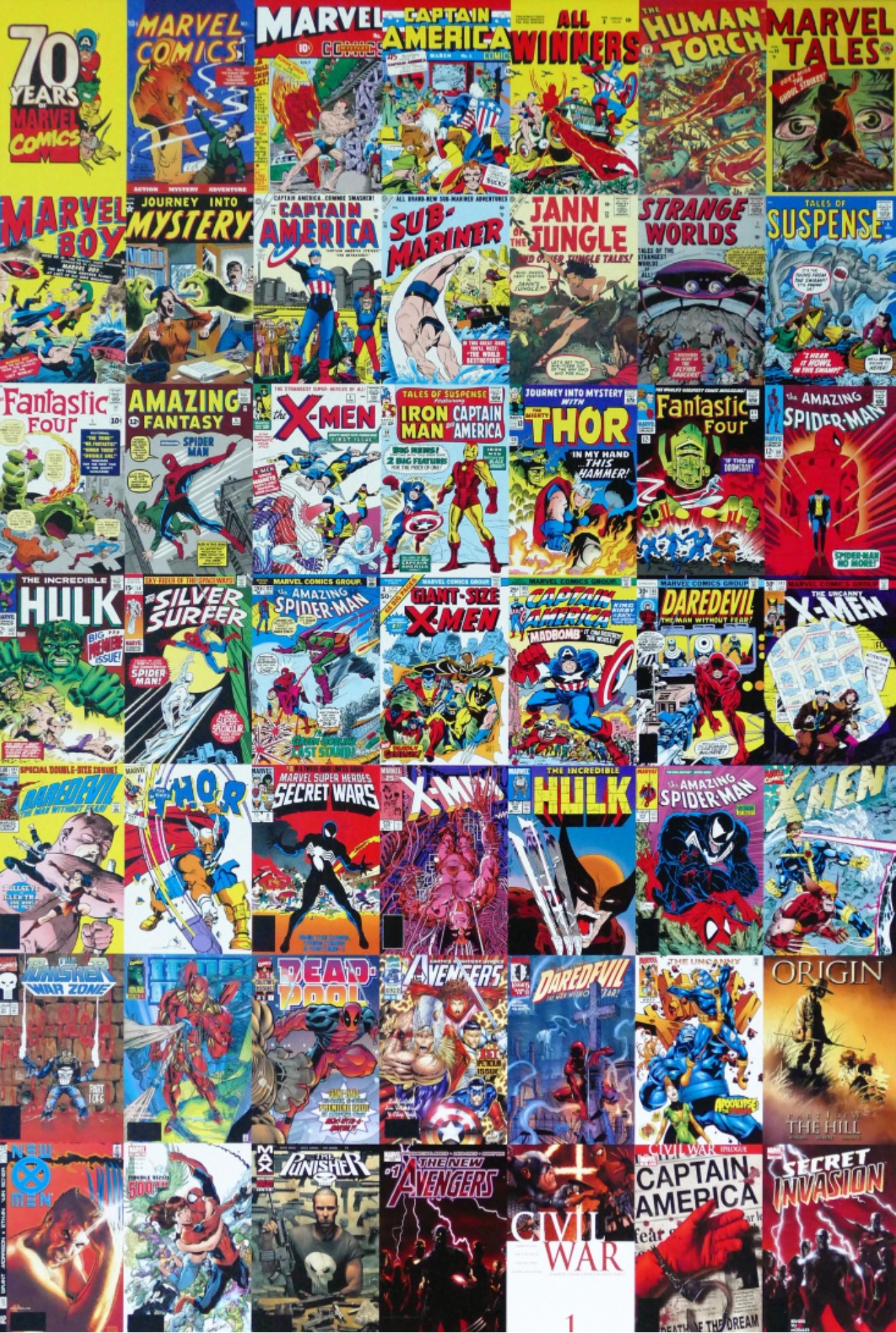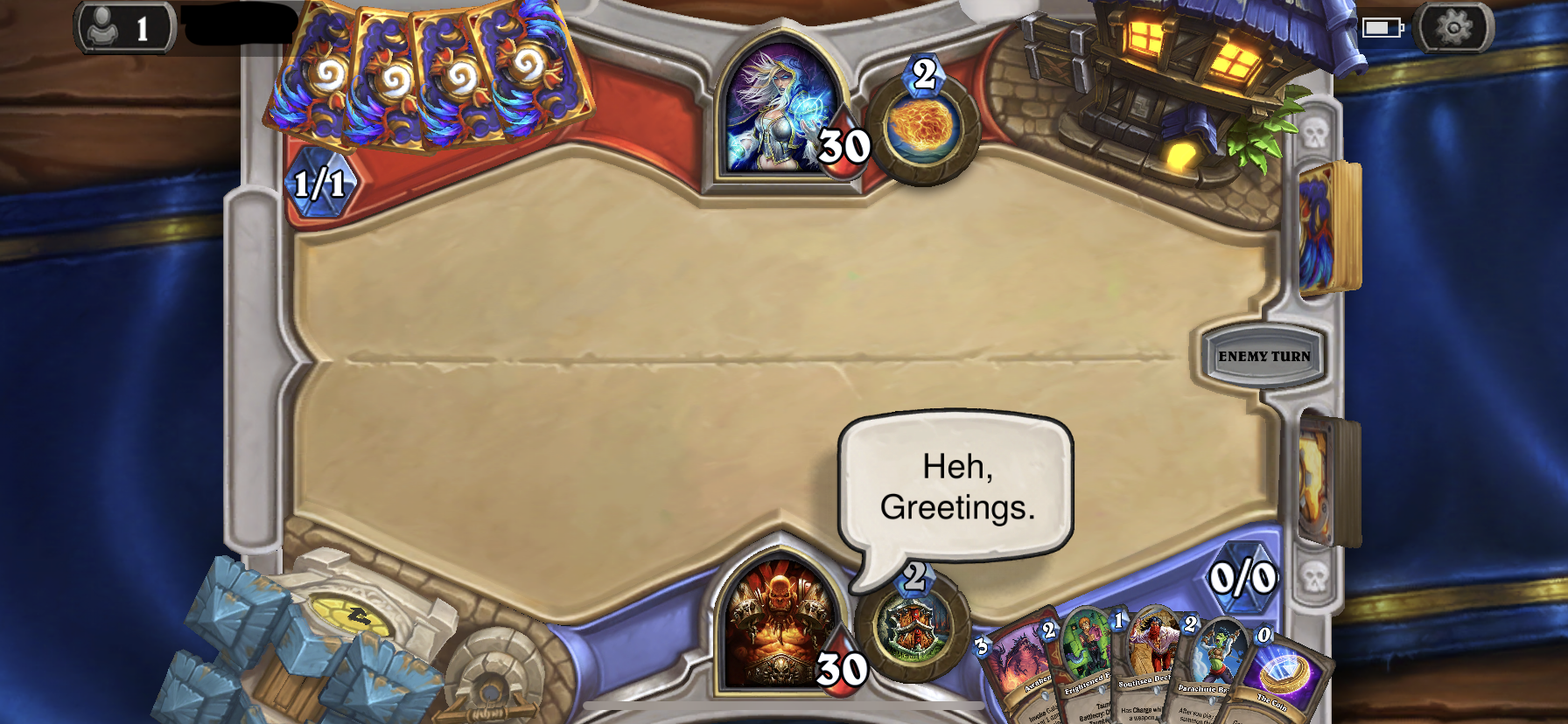
Draw your deck, it’s time for Hearthstone
Looking for something to do while quarantined? Wanting to stay in touch with friends and do something fun together? Look no further, for Blizzard Entertainment has just the game. Hearthstone, which was originally released on March 11, 2014, has soared in popularity with an estimated 100 million players as of November 2018. With its ever-changing playstyle and constant updates, Hearthstone caters itself to all, beginners and experts alike. Best of all, it’s free to play!
Based in the Warcraft universe along with many of Blizzard Entertainment’s other games, Hearthstone is a turn-based strategy card game inspired by Magic the Gathering. Taking control of one of nine heroes, each equipped with their own special two-cost ability and class-specific cards, players battle against each other in one-on-one matches that tend to last around 10 minutes. Each hero has a set of basic cards that can be unlocked by leveling them up, along with more advanced cards that can be obtained through card packs.
To win a match, the players compete to reduce their opponent’s health to zero by playing cards that attack the opposing hero while protecting their own. Each hero starts with 30 health, which can be boosted by applying armor or playing healing cards, although their health can never surpass their starting value. Players struggle to defeat their opponent before their decks run out, which results in the player taking increasingly higher damage for each card they need to draw.
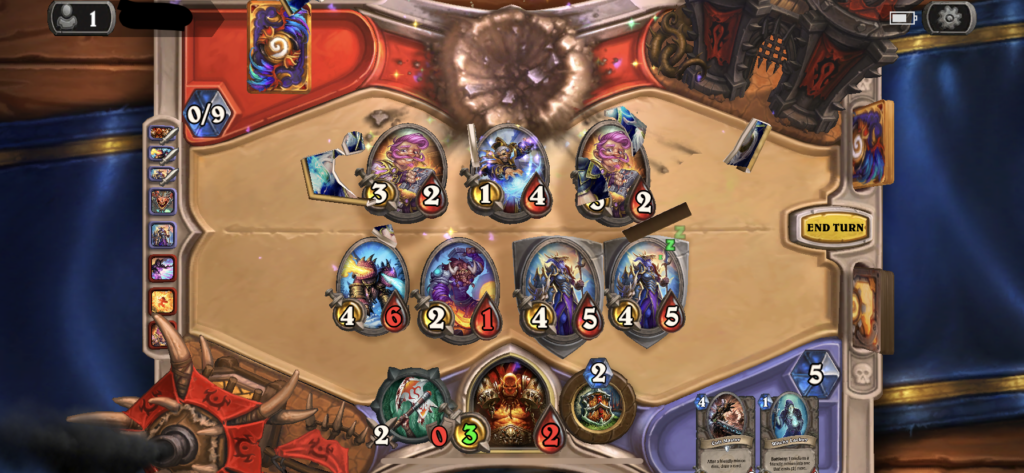
In a standard match, each player crafts a deck of 30 cards, with no more than two of the same card allowed per deck. New players have less options for customization, but as they play and earn more cards, the possibilities are endless.
“Hearthstone is free to play, not just free to try or free to begin playing,” said Blizzard Entertainment’s description of the game. “Purchasing cards is optional, because you also earn them over the course of play by winning matches – or you can even craft them yourself.”
There are three main types of cards, but there are always exceptions. The primary card type is the “minion,” each with their own unique statistics. Each minion has a set attack and health value, along with special abilities that guarantee that no two minions are exactly alike. There are also weapon cards, which are equipped to your hero and give them the ability to attack, and spell cards, which perform special actions which can affect both minions and heroes alike. Every card has a “mana cost,” which is how much the player must sacrifice to put them into the battlefield. At the start of the match, each player starts with one mana crystal, which increases by one in each subsequent turn to a maximum of ten.
New cards can be earned by purchasing card packs. Although they can be bought with real money, Hearthstone also gives players the option to buy them with in-game currency, called gold, or earn them by completing certain tasks and challenges. Aside from card packs, specific cards can be crafted by using “dust,” which can be earned by scrapping/destroying old cards or completing certain daily challenges. Gold can also be earned by completing challenges and leveling up heroes.
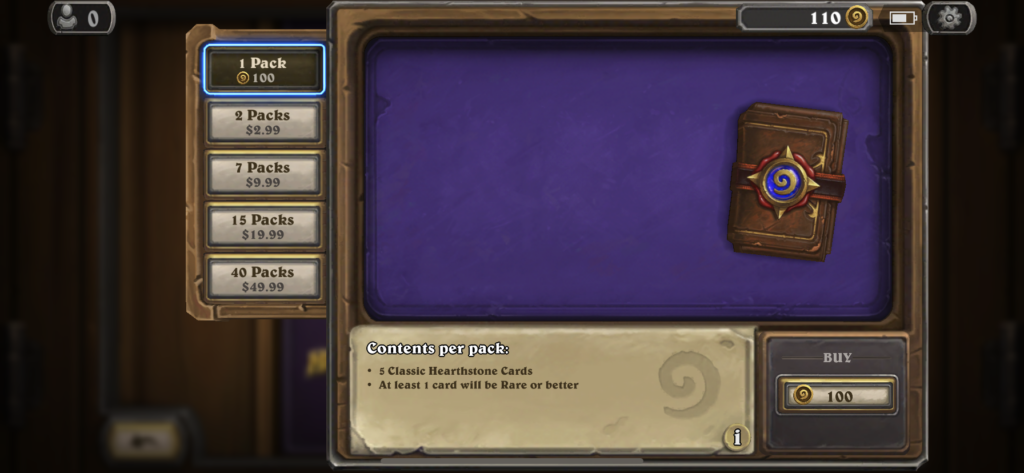
“I’m not gonna be top tier, but if you can sift through the crafting stuff, you’ll do just fine,” said Harrison Holland, a student at PVCC and fellow Hearthstone player.
To progress in the game, victory is not required. Since heroes can earn experience just by playing, players do not need to feel pressured to win every match they play, allowing them to test out new card combinations without the fear of losing progress.
“If you just make a deck that you like, I’m cool with that,” said Holland. “I don’t have to be winning every time.”
Aside from the standard matches, Hearthstone offers several other game modes that let players compete in games that bend the rules and involve cards that players may not normally have access to. In Solo Adventures, players can compete against AI in specialized, story-driven challenges. In Tavern Brawl, the rules change constantly, varying from games similar to standard matches to cooperative play against a boss to everything in between, offering an exciting new experience every week. In Battlegrounds, players compete in an eight player version of Hearthstone where they alternate between purchasing, selling, and trading minions with the computer before battling a randomly selected player. In this mode, eight players go in, but only one will leave victorious.
Video games, such as Hearthstone, that allow online play with other real players have skyrocketed in popularity over the years, and now with people stuck at home during the quarantine, it has taken on new life in keeping friends, family, and even strangers connected and having fun during these trying times.
“I appreciate that it makes online play the norm,” Holland said when talking about the multiplayer features of Hearthstone. “It’s becoming the expectation that the game has to have that element.”
From video game fanatics to casual gamers on their phones, Hearthstone has something to offer all types of players. Making it easy for new players to jump right into the fray while holding tantalizing legendary cards over experienced players’ heads to encourage them to push themselves, Hearthstone offers an experience that everyone can enjoy.
